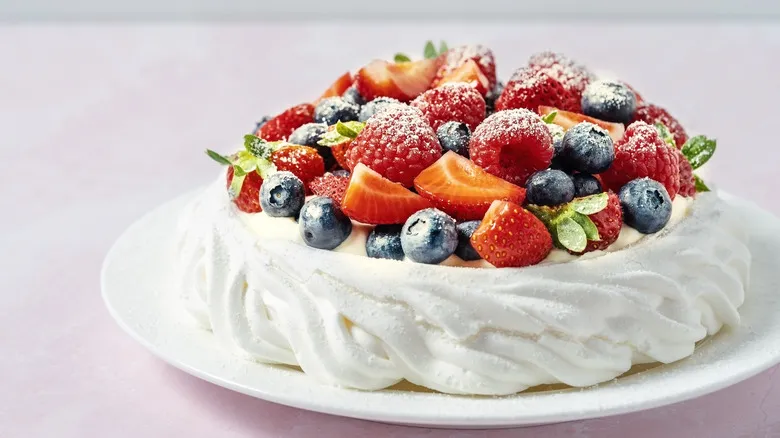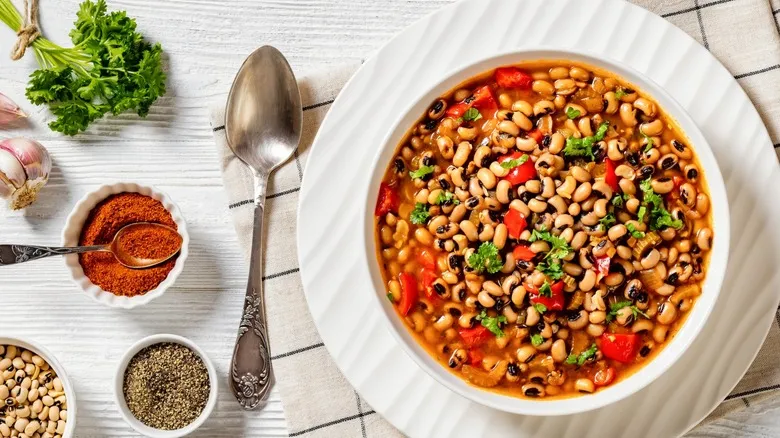A unique and tasty fruit

What makes cherimoya fruit so unique? Externally, cherimoya is green and textured, while its interior is creamy and white. Mark Twain described the fruit as having a "...soft pulp," tender enough to be "...eaten with a spoon." He likened it to the American pawpaw, which shares a similar green skin and creamy flesh. Twain also noted that its flavor is reminiscent of pawpaw, which itself has banana-like qualities. However, cherimoyas typically offer a more acidic, tropical taste, akin to kiwi or pineapple, and some even compare their flavor to that of strawberries.
Cherimoyas have a relatively brief growing season, typically from March to May, and thrive in warmer climates. In the continental United States, California is a common region for cherimoya cultivation. If you find cherimoya at your local market, here are some tips for selecting and storing the fruit. Look for a green cherimoya, although they can also turn brown. The fruit should feel soft and give slightly when pressed, indicating ripeness. You can ripen it similarly to an avocado, and like an avocado, cherimoya should be soft when it's at its best. However, be mindful that the fruit starts to lose its flavor after reaching peak ripeness, so avoid storing it for too long. When you're ready to indulge, simply cut the fruit in half, grab a spoon, and enjoy—just remember to steer clear of the seeds.
The tie between cherimoyas and pawpaws

One of Mark Twain's most striking insights about cherimoya is its resemblance to the pawpaw fruit. In his description of cherimoya, he makes a direct comparison between the two on two occasions, first highlighting their similar soft texture and then declaring that the fruit "...tastes like a pawpaw."
Twain's analogy is quite fitting, as both fruits belong to the Annonaceae family. For many Americans, pawpaw fruits are likely the closest alternative to the tropical cherimoya. Twain's high regard for cherimoyas is understandable, especially considering his familiarity with the pawpaw, often referred to as the Missouri banana. After all, Twain was raised in the heart of the pawpaw's growing region, near the Mississippi River.
However, the two fruits are not identical. Pawpaws generally have a slightly less pronounced sweetness and are frequently used in recipes like pawpaw bread, which resembles banana bread. They can be found throughout the Appalachian region and as far west as Texas, growing both in the wild and on cultivated farms. Their season runs from summer to October, and they are often available at local farmers' markets. To truly appreciate the differences between these two fruits, you might consider trying both for yourself.
Recommended

The 2 Names Starbucks Almost Had Before They Got It Right

What Makes Hawaii's Kalua Pork Unique?

The Origin Of Pavlova Is Just As Complicated As The Dessert

Why You'll Often See Red, Black And Green Colored Foods On The Table For Kwanzaa
Next up

